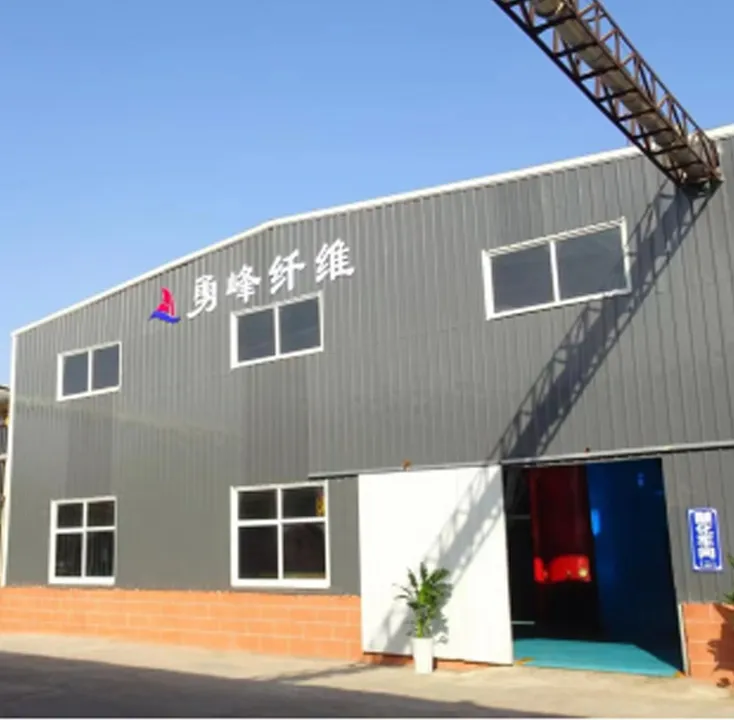The Significance of HPMC (Hydroxypropyl Methylcellulose) in Modern Chemistry
Hydroxypropyl Methylcellulose (HPMC) has gained considerable attention in various fields of chemistry and industry due to its unique properties and versatility. This cellulose derivative is produced by the modification of cellulose through hydroxypropyl and methyl etherification. HPMC is a white, odorless powder that is soluble in water, forming a clear solution. Its applications span multiple sectors, including pharmaceuticals, food products, construction, and cosmetics, making it an indispensable compound in modern chemistry.
The Significance of HPMC (Hydroxypropyl Methylcellulose) in Modern Chemistry
In the realm of food chemistry, HPMC is widely utilized as a thickening agent, emulsifier, and stabilizer. Its hydrophilic nature allows for efficient water retention, making it an excellent choice for improving the texture and mouthfeel of various food products. For instance, HPMC is commonly found in low-fat and gluten-free foods, providing the creamy texture that consumers expect while reducing caloric content. Additionally, it plays a role in preventing the separation of ingredients in sauces and dressings, contributing to a more appealing final product.
hpmc chemic

The construction industry also benefits significantly from HPMC's properties. It is employed as a key ingredient in cement-based formulations, such as tile adhesives, wall putties, and plaster. Here, HPMC serves to enhance workability, open time, and adhesion. Its ability to retain water in building materials ensures that the proper conditions for curing and setting are maintained, leading to stronger and more durable structures. This functionality is particularly valuable in regions with varying climatic conditions, where the rate of evaporation might otherwise compromise the integrity of construction materials.
In cosmetics and personal care products, HPMC acts as a thickening agent and film-forming polymer, contributing to the stability of creams, lotions, and gels. Its soothing and hydrating properties make it an attractive ingredient for products aimed at sensitive skin. Additionally, HPMC’s ability to provide a non-greasy feel enhances the overall user experience.
In recent years, the growing focus on sustainable and eco-friendly materials has further spurred interest in HPMC. As a plant-based polymer derived from cellulose, HPMC is biodegradable, which aligns with the broader goals of the green chemistry movement. Its use in various formulations can help reduce reliance on synthetic additives, contributing to more sustainable practices across multiple industries.
In conclusion, Hydroxypropyl Methylcellulose is a remarkable chemical compound with multifaceted applications that have made it a cornerstone in modern chemistry. From enhancing drug delivery systems and improving food texture to strengthening construction materials and enriching cosmetic formulations, HPMC’s significance cannot be overstated. As both consumers and manufacturers become increasingly conscious of sustainability, HPMC stands poised to play an even more critical role in the development of environmentally friendly products. Its versatility, effectiveness, and eco-friendliness will undoubtedly ensure its continued relevance in the scientific and industrial landscapes.
-
Rdp Powder: Key Considerations for Wholesalers in the Building Materials IndustryNewsJul.08,2025
-
Key Considerations for Wholesalers: Navigating the World of Hpmc - Based ProductsNewsJul.08,2025
-
Hpmc Detergent: Key Considerations for WholesalersNewsJul.08,2025
-
Key Considerations for Wholesalers: China Hpmc For Tile Adhesive, Coating Additives, Concrete Additives, and MoreNewsJul.08,2025
-
Crucial Considerations for Wholesalers: Navigating the World of Construction MaterialsNewsJul.08,2025
-
Key Considerations for Wholesalers Sourcing Additive For Cement, Additive For Concrete, Additive For Putty from Additive Manufacturer Shijiazhuang Gaocheng District Yongfeng Cellulose Co., Ltd.NewsJul.08,2025




